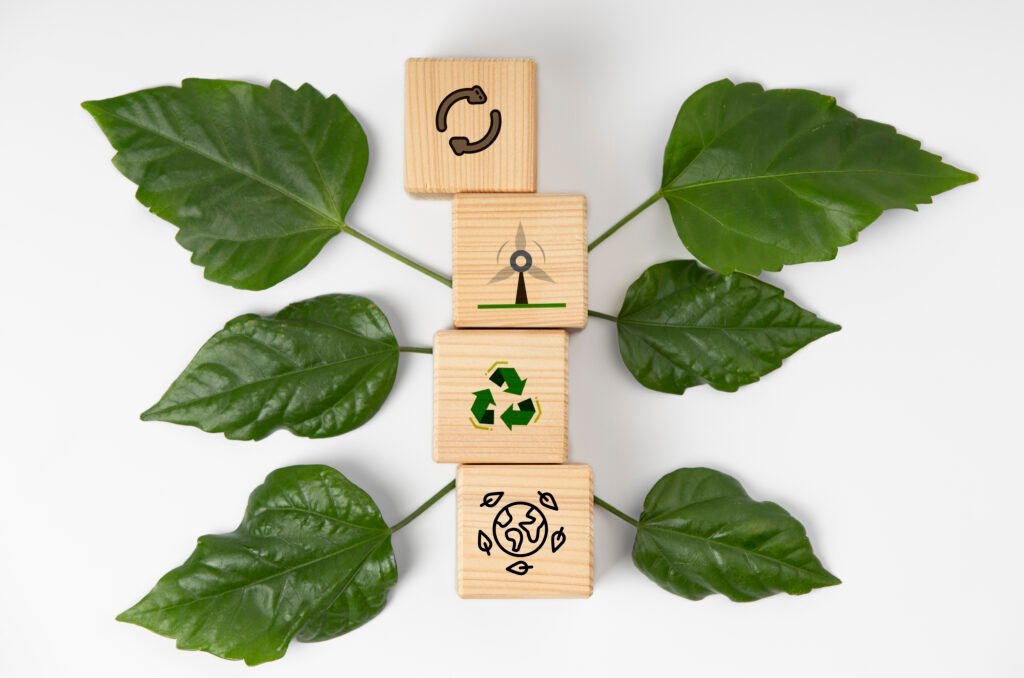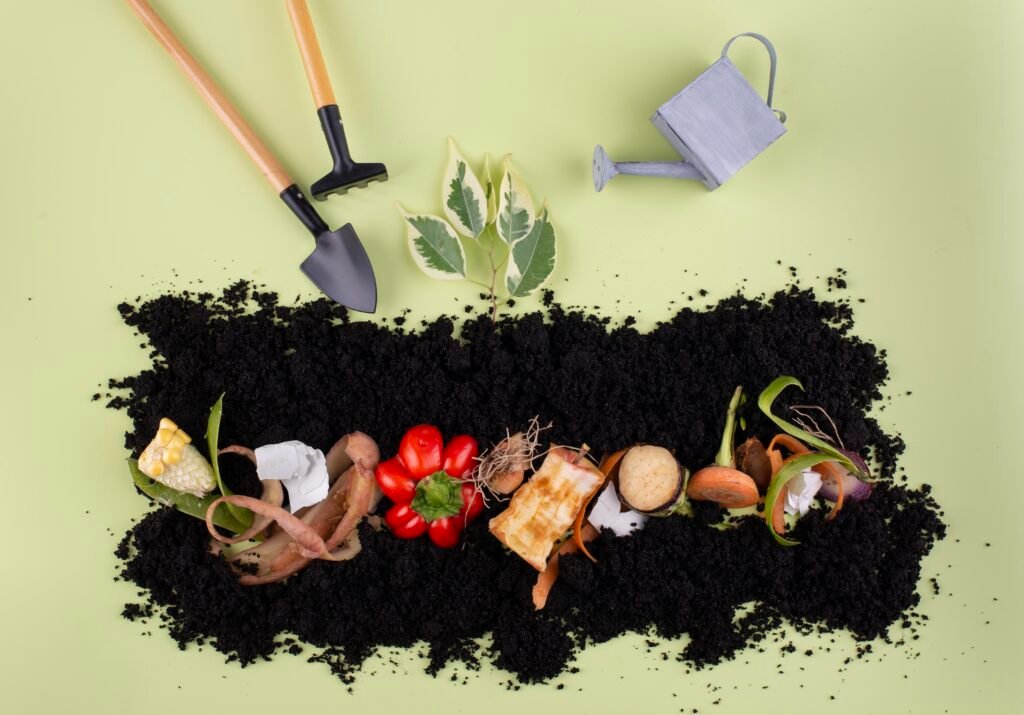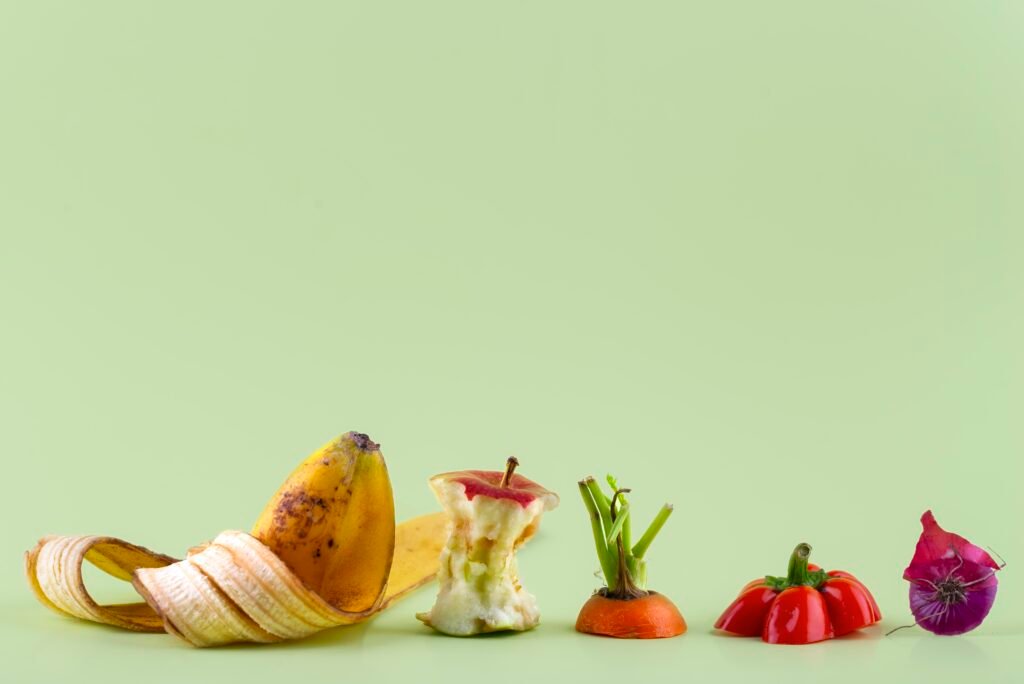
The circular economy represents a new way of thinking about raw materials, products, and the waste they generate. It’s a model capable of creating value, even in the food sector, where it finds some of its most promising applications. The market is ready, the benefits are tangible, and the rules are clear: reduce, reuse, recycle. And respect.
A significant impact
In recent years, the circular economy has emerged as one of the most innovative models to tackle global sustainability challenges, with a substantial impact on the food sector.
The FAO estimates that approximately one-third of the food produced globally each year is wasted, especially in developed countries, generating enormous economic, environmental, and social costs. This is an alarming figure, particularly given the ever-growing global population and the evident challenges of feeding everyone. Circularity could undoubtedly be part of the solution to this critical issue.



In Europe, for instance, it has helped reduce food waste by 30% in some areas, showcasing the potential of this approach to transform a traditionally linear system into a regenerative ecosystem. Innovative practices are also emerging globally to integrate sustainability throughout the food supply chain, from field to fork.
But what is the circular economy, and how does it apply to the food sector? Let’s shed light on a concept that could represent a true Copernican revolution (yes, the economy is round) for the near future.
Let’s clarify: what is circularity?
The circular economy is an economic model that contrasts with the traditional linear model, which follows the “produce-use-dispose” paradigm. In a circular model, materials and resources are kept in use for as long as possible, reducing waste and optimizing resource utilization.
In the food sector, this translates into initiatives such as recovering surplus products, reusing waste to create new products, and using technologies to reduce inefficiencies along the supply chain. Circularity is not just about waste reduction: it’s a model that regenerates, adds value, and promotes environmental and social sustainability.
Where does the waste go?
The applications and benefits of the circular economy in the food sector are numerous, with the reduction of food waste topping the list of urgent issues to address. In Europe, initiatives like *Too Good To Go* have shown how recovering surplus food can become a sustainable business model appreciated by consumers. Moreover, companies and supermarkets collaborate with food banks to redistribute unsold food, preventing it from going to landfills and supporting vulnerable communities. The applications of the circular economy in reducing waste are virtually endless and can include reusing by-products in different industries, such as cosmetics or packaging.
Packaging, in particular, is another crucial area. Innovations such as using vegetable waste to create bioplastics and containers (think tomato skins, corn starch, or even certain mushrooms) are revolutionizing the sector, reducing the environmental impact of single-use materials and promoting the adoption of compostable alternatives.
Another use for food waste involves transforming it into compost, a natural fertilizer that helps regenerate depleted agricultural soils. This practice, already widespread in many European countries and reminiscent of methods used by our grandparents in rural areas, is gaining traction globally, helping to close the nutrient cycle.
Finally, food waste and residues can be converted into biogas, offering an effective energy solution. Anaerobic digestion plants transform waste into renewable energy, contributing to the decarbonization of the energy sector—a double win.
Technology plays its part
Here, too, in the circular economy, technology makes its best moves. The results achievable through the introduction of innovations are countless. Some examples? Here you go: by analyzing large volumes of data, Big Data and Artificial Intelligence allow for predicting surpluses and improving inventory management, reducing waste across the supply chain. Blockchain ensures traceability and transparency in resource management, guaranteeing that materials are properly recycled or reused. Finally, smart sensors based on the Internet of Things monitor food storage, signaling suboptimal conditions that could lead to spoilage.
Thanks to these technologies, companies can implement more efficient and sustainable strategies, improving product quality while drastically reducing environmental impact. Another double win: for businesses and the planet.
Looking to the future: what can be improved?
Despite the progress, the food sector still has significant room for improvement to become fully circular. In many regions, adequate infrastructure to manage the recovery and reuse of food waste is lacking, hindering the transition to a more sustainable system. At the same time, consumers play a crucial role: greater awareness and education can drive more responsible consumption choices, helping to reduce waste and promote circular practices.
Policies also have an important role to play: clearer regulations and economic incentives can accelerate the adoption of sustainable models, supporting companies that choose to invest in circularity. These are critical steps that require collective effort.
But the effort is worth it: in the long term, the circular economy could contribute significantly to achieving the Sustainable Development Goals (SDGs), particularly Goal 12, focused on responsible consumption and production.
What lies in the future? A new vision of food: not just a necessity, but a symbol of balance between humanity and nature.

